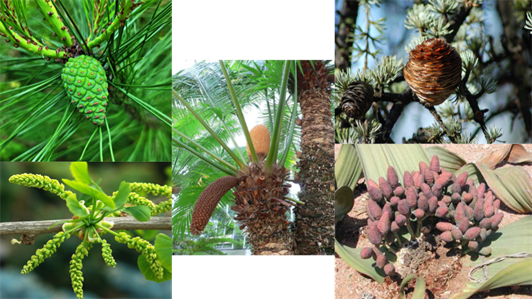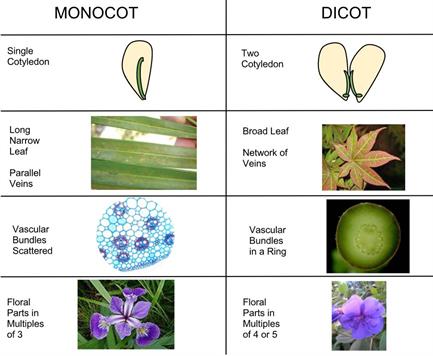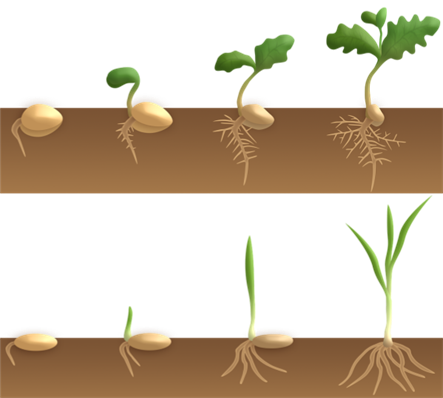
PUMPA - SMART LEARNING
எங்கள் ஆசிரியர்களுடன் 1-ஆன்-1 ஆலோசனை நேரத்தைப் பெறுங்கள். டாப்பர் ஆவதற்கு நாங்கள் பயிற்சி அளிப்போம்
Book Free DemoThese are plants which have well developed reproductive organs which help them to produce seeds. Seeds are produced only through the process of sexual reproduction. They are structures which consist of the embryo along with stored food. During the process of germination, this stored food assists in the initial growth of the embryo.
Based on the criteria of whether these seeds are naked or enclosed in fruits, the phanerogams are divided into two groups known as the gymnosperms and angiosperms.
Gymnosperms
The term gymnosperm is derived from two Greek words: 'gymno' that refers to naked, and 'sperma' refers to seed. The plants belonging to this phylum produce naked seeds. They are perennial, evergreen and woody. Their seeds are naked, as they do not produce any flowers or seeds.
Example:
Pines, Deodar, Conifers, Cycads, Ginkgoes and Gnetophytes

Gymnosperms
Angiosperms:
The term angiosperms is a combination of two Greek words angio, which means covered and sperma, which means seed. They are commonly known as flowering plants. The flowers produced by the plants develop to form fruits inside which seeds are produced.
The embryos inside these seeds have structures known as cotyledons or seed leaves. At most times, these structures emerge green in colour during seed germination. Based on the number of cotyledons found in the seeds the angiosperms are divided into two groups.

- Monocots - The plants whose seeds have a single cotyledon are known as monocots or monocotyledonous.
- Dicots - The plants which produce seeds, two cotyledons, are known as dicots.
The monocots have long leaves with parallels venation(veins run parallel to each other) and fibrous roots. The dicots have broad leaves with a network of veins (reticulate venation) and taproots.

The germination of dicot and monocot seeds
Example:
Corn, wheat, rice, maize, bamboo and grass are examples of monocots.
Rose, sunflower, peas, almonds, pumpkin and lily are examples of dicots.
Reference:
https://upload.wikimedia.org/wikipedia/commons/thumb/2/27/Cycas_circinalis.jpg/768px-Cycas_circinalis.jpg
https://upload.wikimedia.org/wikipedia/commons/thumb/d/de/Ginkgo_biloba_-_male_flower.JPG/1024px-Ginkgo_biloba_-_male_flower.JPG
https://upload.wikimedia.org/wikipedia/commons/8/84/Welwitschia-seeds.jpg